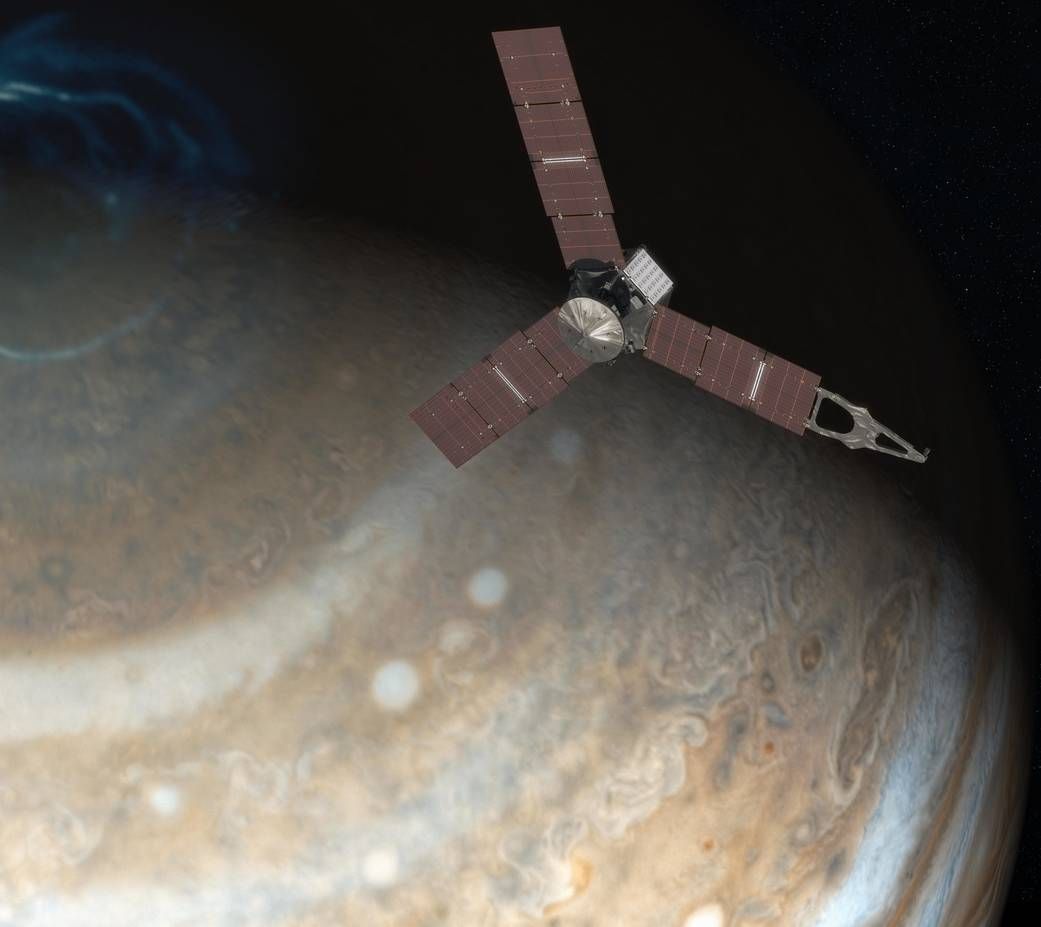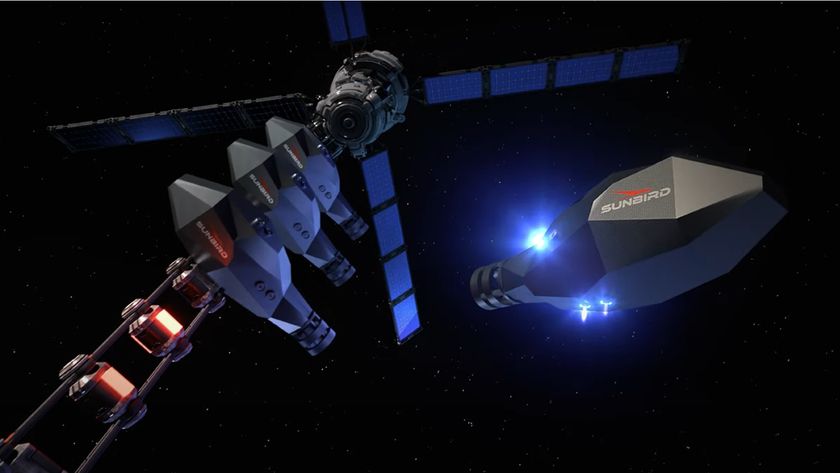
What's the Fastest Spacecraft Ever?

For spacecraft that zoom through the cosmos at thousands of miles per hour, calculating which one is traveling the fastest is more complicated than simply clocking the first to cross a finish line.
When space agencies calculate and establish speed records, these numbers need to be defined and qualified, because there can be more than one frame of reference. In other words, the speed of a spacecraft can be calculated relative to the Earth, the sun or some other body.
And as these spacecraft move further away from Earth, it gets trickier to use traditional methods of measurement. This is especially true for metrics such as time; for example, a day on Mars is a different length than a day on Earth. As humans' framework for time breaks down, speed (which is a measurement of distance over time) also becomes relative. [Supersonic! The 11 Fastest Military Airplanes]
When trying to suss out which of the many objects hurtling through space is moving the fastest, there are a few things to consider. To start, it's important to determine which celestial body you'll use as a reference point when calculating velocity. If you're trying to simply measure the speed of a car, Earth works perfectly fine as a reference point, but as you venture out into the cosmos, it makes more sense to use a larger frame of reference. Calculating an object's heliocentric, or sun-relative, velocity then becomes more common.
What's more, once a spacecraft makes it out of Earth's atmosphere, the vessel doesn't always maintain a constant speed. Launch velocities are different from cruise velocities (just like on an airplane), and according to NASA, planetary interactions can cause an object to change speed as well.
For example, a spacecraft can increase its velocity in space by performing a flyby of a planet (or other celestial body, such as a moon), using that planet's gravitational force to speed up or propel the spacecraft out further into the cosmos, NASA said. Essentially, the planet or moon provides a gravitational slingshot. Imagine throwing a tennis ball at an oncoming train: The momentum from the train transfers to the ball, and the ball's velocity increases.
After a five-year jaunt through space, NASA's robotic Juno spacecraft arrived at Jupiter on July 4, 2016, and the gas giant's impressive gravity accelerated the probe to approximately 165,000 mph (265,000 km/h) relative to Earth. This made Juno the fastest-moving human-made object in history.
Sign up for the Live Science daily newsletter now
Get the world’s most fascinating discoveries delivered straight to your inbox.
In terms of pure heliocentric velocity, NASA's Helios I and Helios II probes previously held the record at 157,000 mph (253,000 km/h) as they passed by the sun. These probes were launched in 1974 and 1976, to study solar processes.
The record for fastest launch velocity belongs to the New Horizons probe, which lifted off in 2006 on a mission to Pluto and the Kuiper Belt. This 1,054-lb. (478 kilograms), piano-size spacecraft sped away from the Earth at a blistering pace of 36,000 mph (almost 58,000 km/h).
New Horizons' escape speed from Earth beat the previous record of 32,400 mph (about 52,000 km/h), set when Pioneer 10 set out for Jupiter, in 1972.
And though Juno is currently the fastest human-made object, it remains to be seen how long the space probe can hold onto the impressive title. Solar Probe Plus, a NASA mission scheduled to launch in 2018, is designed to fly into the sun's atmosphere, making it the first probe to do so. Due to the enormity of Earth's nearest star, the probe is expected to reach orbital velocities as high as 450,000 mph (724,000 km/h). For perspective, at this speed, you could travel from the Earth to the moon in about 30 minutes.
For spacecraft that have re-entered Earth's atmosphere, the highest speed was set by the comet-catching Stardust spacecraft, which plunged back toward Earth at a speed of 29,000 mph (more than 46,600 km/h).
Editor's Note: This story was first published in 2010 and has been updated with the most recent data.
Original article on Live Science.












